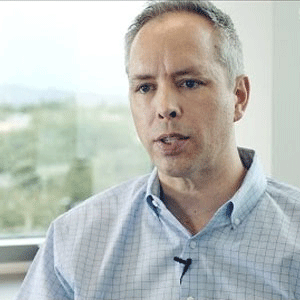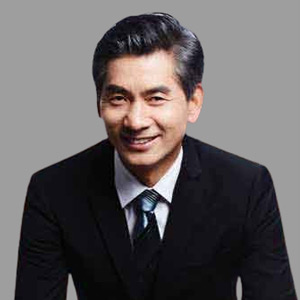THANK YOU FOR SUBSCRIBING

Escaping from "pilot purgatory": role of CIO is essential to scale up to a full tech-enabled transformation
Christiaan Heyning, Mckinsey & Company and Vivek Lath, & Greg Peacocke, Mckinsey & Company


Christiaan Heyning, Mckinsey & Company
 Vivek Lath, & Greg Peacocke, Mckinsey & Company
Vivek Lath, & Greg Peacocke, Mckinsey & CompanyThis is nothing new for most CIOs – many have been in this “war for talent” already, and hence can take the lead in this area company wide. Together with business and HR, CIOs can train the whole organization to be more tech savvy. Several Chinese steel plants, for example, have trained hundreds of analytics translators from a range of operational and functional backgrounds, who are now “embedded” throughout the organization to use data science to solve production issues.
Drive agile processes alongside existing systems Developing and implementing digital solutions often requires an agile way of working, usually alongside other business parts that continue work in the traditional style. That’s not an easy feat to manage, and again, CIOs have often been living in this world for a while already using the so-called “two speed IT delivery engine”: on one hand the stable backbone of enterprise systems (eg ERP) that you don’t want to mess with on a weekly basis; and on the other hand the rapid development of apps, models, bots that have release cycles measured in weeks, not months. For example, one Asian mining launched a two-speed delivery approach: first, creating mobile applications to better use underutilized legacy systems, and, second, overhauling its technology architecture to capture valuable data in an integrated data warehouse.It’s not about technology, it’s about impact through the use of technology
Weekly Brief
I agree We use cookies on this website to enhance your user experience. By clicking any link on this page you are giving your consent for us to set cookies. More info
Read Also
Digital Transformation in Fashion Retail - From Efficiency to Experience
Driving It Transformation at Lactalis Australia
AI Adoption in Hospitality: Striking the Balance Between Innovation, Excellence and Trust
The AI Rat Race - Keeping Up with New Technologies or Waiting for Maturity?
The Role Of Digitalization In Transforming Airport Customer Experiences
From Chemical Solutions to Data Center Innovations
Ethics & Compliance in a Digital World: Navigating HCP Engagement in APAC
How AI is Driving Innovation and Customer-Centricity in Insurance





















